Will the History of Public Lands Matter?
Wondering about past, present, and future
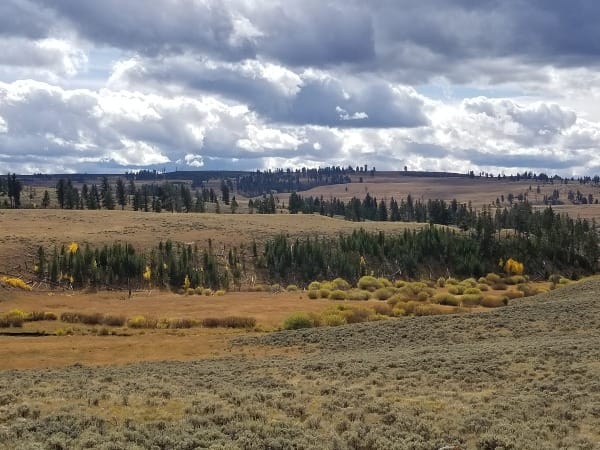
This week’s essay has been difficult to write.
Part of that is the busyness of my May. (As I have written about before, I am a track and field coach, and championship season is upon us, which demands more attention and frays my nerves.) Part of the difficulty this week is the overwhelming nature of the news, in particular how it intersects with my professional expertise in public lands history.
The relentless news from Washington, D.C., for months but accelerating lately tells of an administration bent on undermining the public lands mission, weakening the agencies that manage these places, and destroying the common good represented by the nation’s forests, parks, rangelands, and refuges. The stories that cross my inbox and timelines bring some despair.
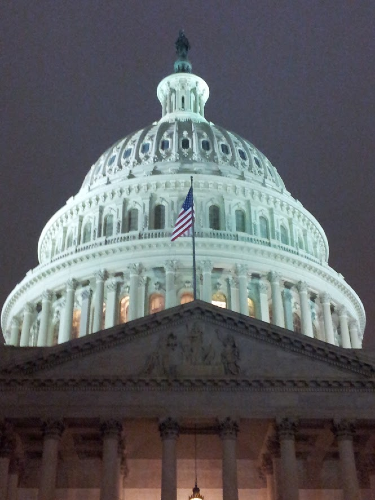
Despite their predictability — the Republican Party for a generation has betrayed the nation in its public land posturing and its desire to wring maximum profit out of everything — the stories that have rolled out have sometimes surprised me. But, as a historian, I find in most of the stories some echo of the past.
Others have a different relationship to public lands. They know national forests because they hunted there or have backpacked among the trees. They know national parks because they visited annually or depend on visitors to support their small business in a gateway community. They know wildlife refuges because they are birders or have protested their management.
Although I have hiked plenty of miles and driven quite a few through them too, I know the public lands best through their history.
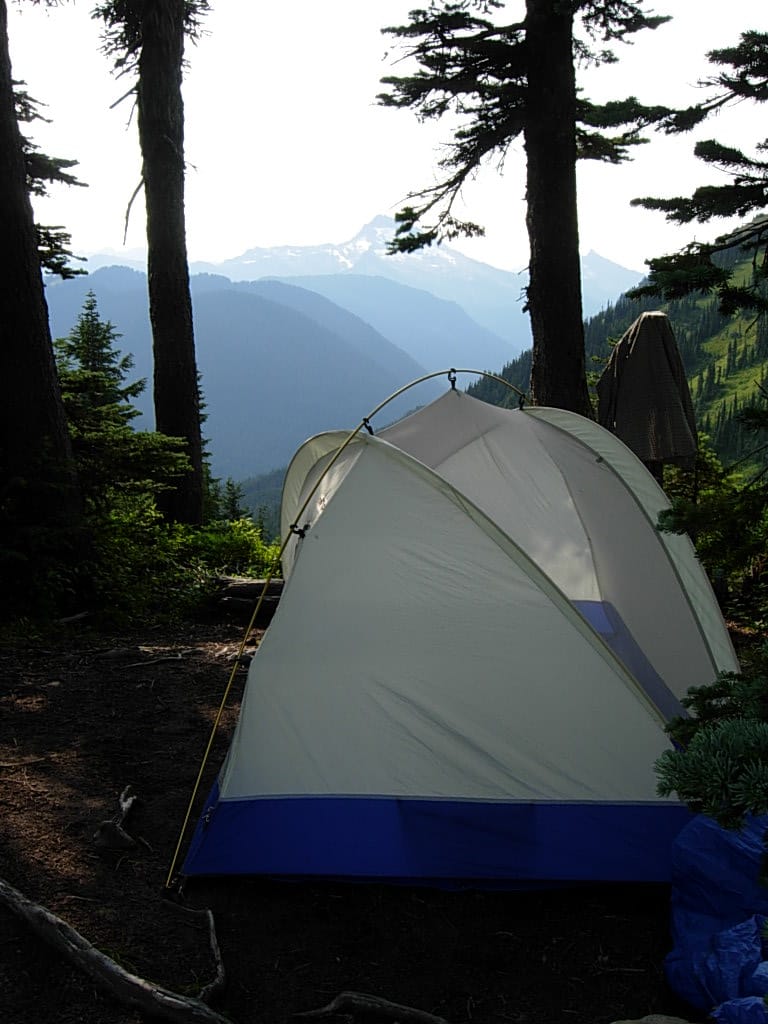
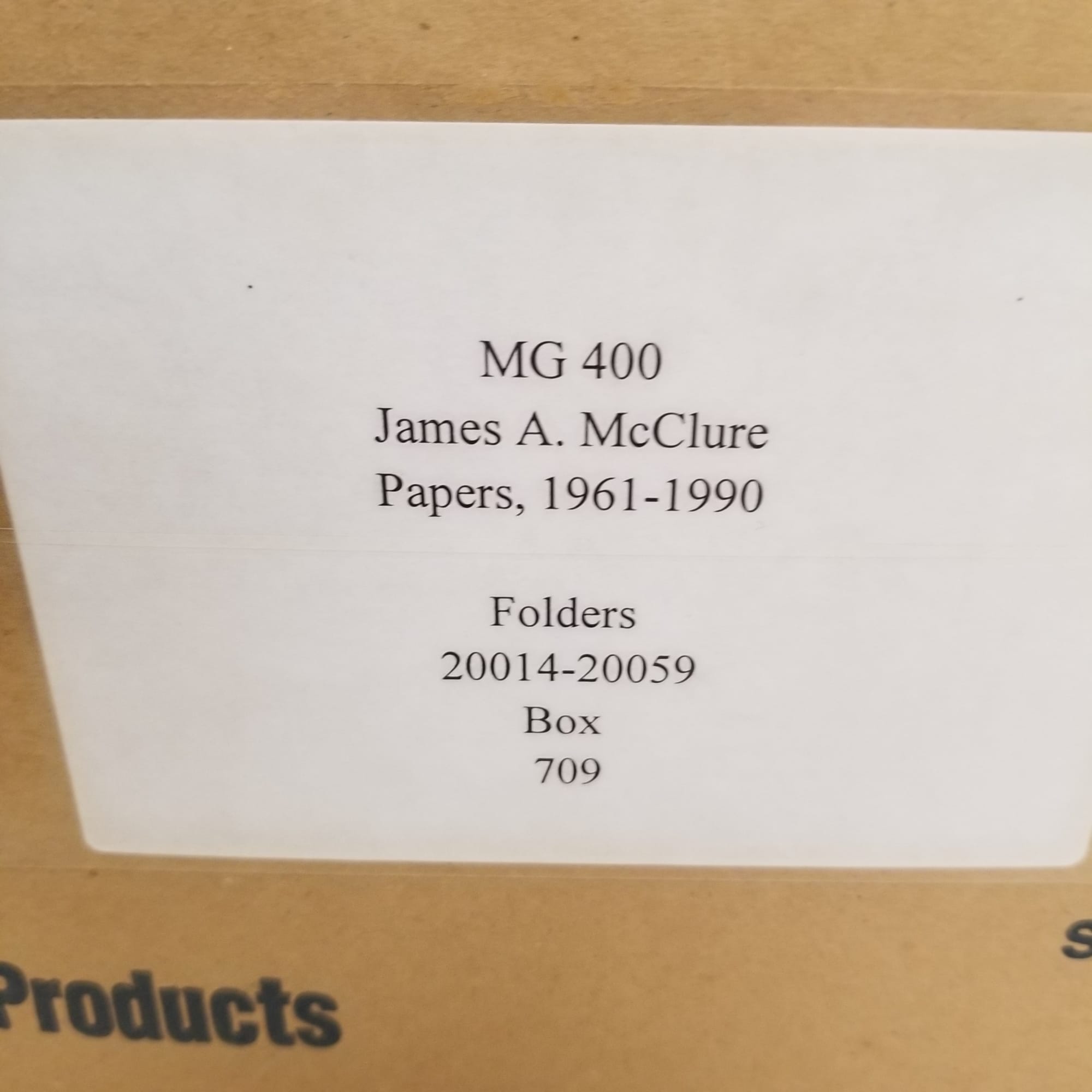
Two types of research, field and archival. White Pass, Glacier Peak Wilderness, August 2009; University of Idaho Special Collections, May 2019. (author photos)
That way can feel detached, too intellectual, not grounded enough. I get no dirt under my fingernails knowing the public lands this way (although archival dust can tickle my nose and coat my fingers). But there is value in having history inform my reading of contemporary public land politics.
Knowing public lands history means that when I read a story about cutting the National Park Service budget by up to 40% and reducing its workforce through buyouts and firings by more than 3,000 people, I think about earlier times when the NPS struggled.
I wrote here about the writer Bernard DeVoto publicizing the “shabby” condition of national parks due to staff reductions during World War II. DeVoto lambasted Congress for disregarding the parks that the public so loved. He found them not only in disrepair and neglected but also vandalized and strained because too few rangers took care of the growing number of visitors.
Although it has been reported only quietly, more than 330 million people visited national parks in 2024 — a record. The Park Service is Americans’ favorite federal agency with 76% of the public having a favorable view of it. Despite this favored position and the need, the current administration is starving it of the resources it needs to meet public expectations, not to mention the conservation purposes the parks serve.

Knowing public lands history also means that when I read stories about divesting federal lands to the states or selling them to companies or (wealthy) individuals I think back to previous instances when this idea was floated. I have written about this in the context of Utah filing a lawsuit to demanding almost 20 million acres from within the state. That essay touched on the Sagebrush Rebellion that started in 1979 and grew in the early 1980s (and seemingly comes back to life every time Democrats occupy the White House).
But that wasn’t the only time some group demanded the destruction of public lands. The Republicans in power in the 1920s considered shuffling federal lands to the states (and states kindly and wisely said, No thanks!, because they understood the burdens the states couldn’t bear). And as the public land system took place at the turn of the 20th century, plenty of westerners from Idaho to Colorado opposed the system, later coming to appreciate, value, and benefit from them.
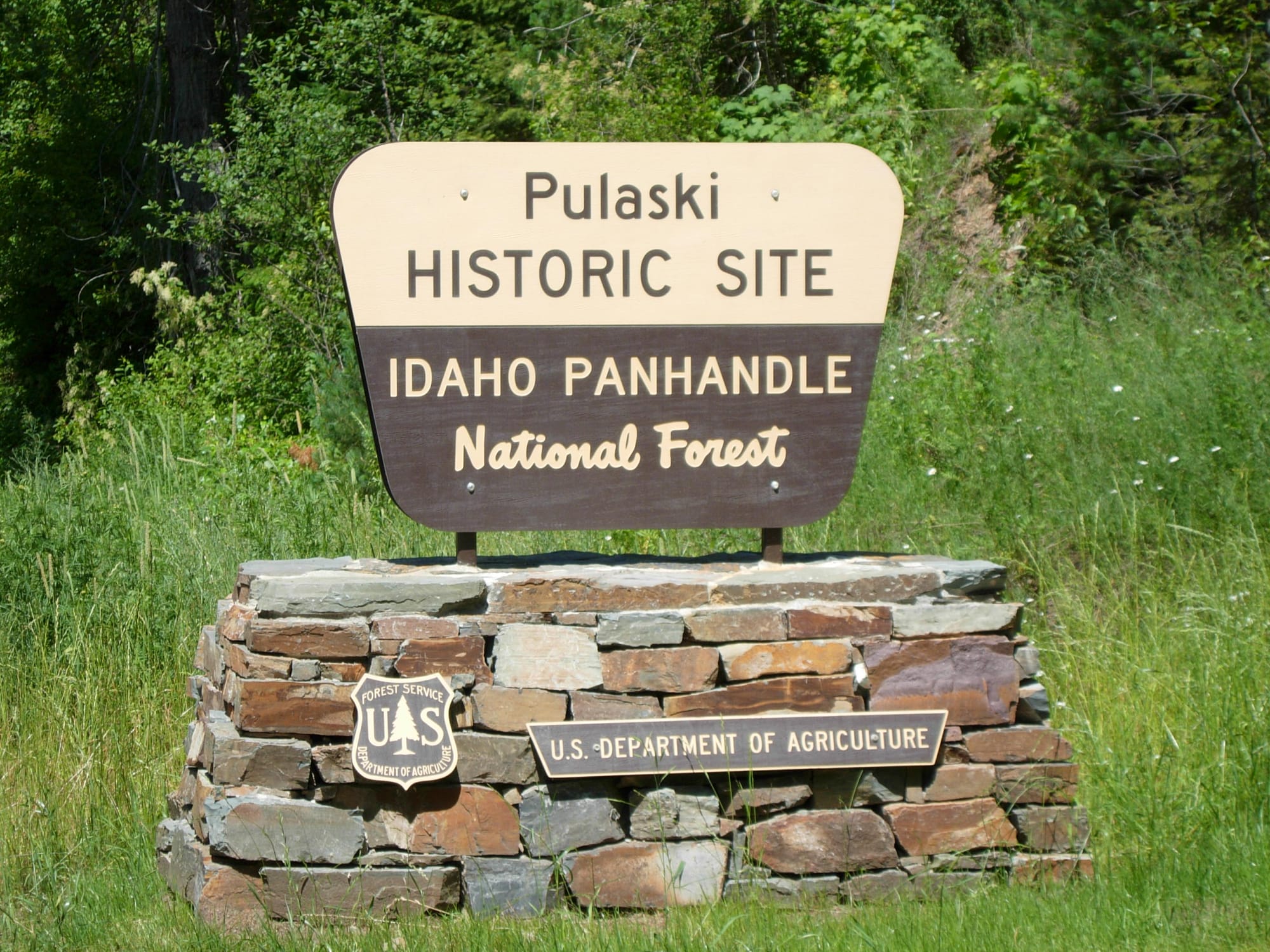
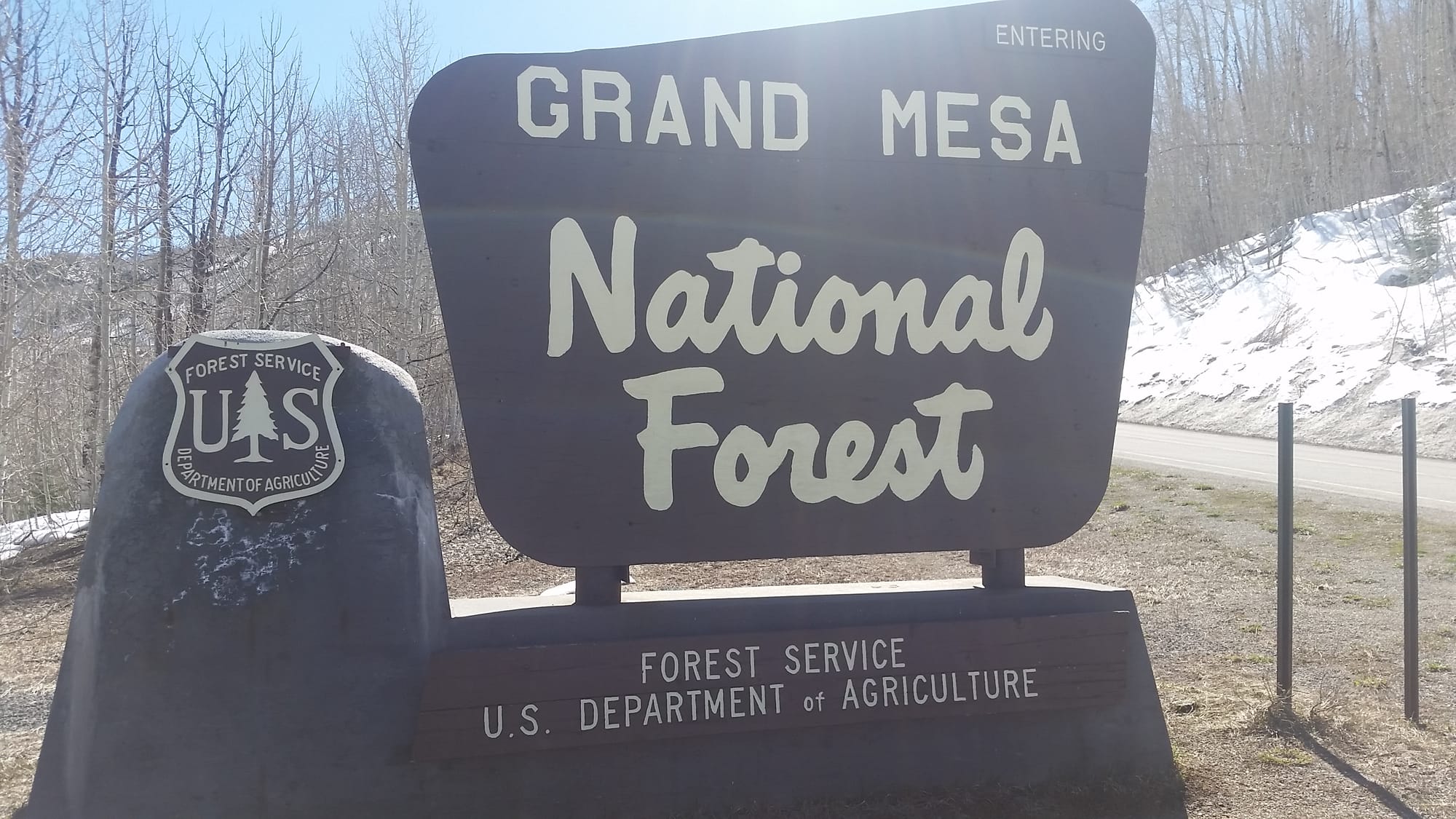
From Colorado to Idaho, the public disputed the importance of public lands when the system originated. Since then, benefits have accrued, and conservation remains popular. July 2006 and April 2017 photos. (author photos)
The subtitle of my last book is “The Contested History of Conservation on Federal Lands.” Those contests that have unfolded across a century and a half furnish many examples of competing ideas and policies of compromise.
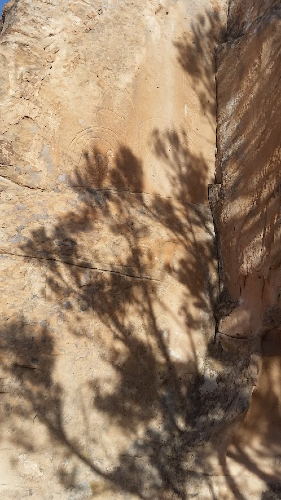
The historical worldview may have its limits, though.
The current administration has always been a historical project. Make America Great Again is inherently a historical argument. The “again” part makes it so. But it is, obviously, historically ignorant. For example, a recent executive order titled Restoring Truth and Sanity to American History reflects a view that is not truthful, sane, or historical. It is instead an ideology formed not from actual experience, real tradition, or the existing Constitution but from an imagined world where scientific reality, public institutions, and active laws do not matter.
The public lands system has weathered challenges before, relying in part on fidelity to the past and to law. As a historian, I worry my historical knowledge will no longer be informative. As a citizen, I worry about much more than that, for a society unmoored from reality, tradition, and law cannot be secure.
In Other Words
- An essay I wrote last summer has appeared in The Limberlost Review. It is my reflections on rereading Ivan Doig’s Winter Brothers. I’m proud of this essay and hope you’ll take time to read it.
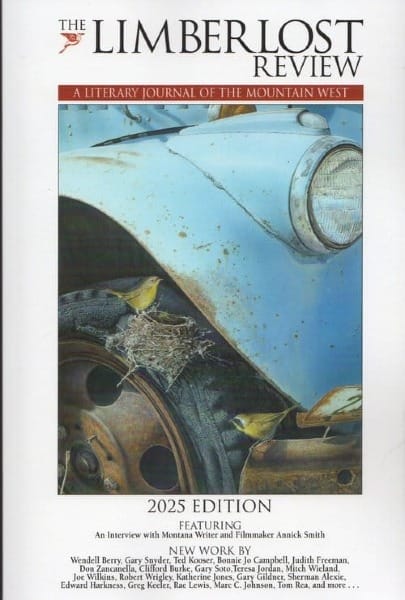
- I wrote an story for The History Channel about Mount St. Helens, its eruption and recovery. This upcoming Sunday is the 45th anniversary of the eruption, making this a great time to revisit this history.

- I’ve written about nothing so much as I have written about public lands. The archives of this newsletter and my website gathers many of these stories. It is not yet fully indexed, but the link below captures many of those pieces, and, of course, my most recent book goes into this in detail.
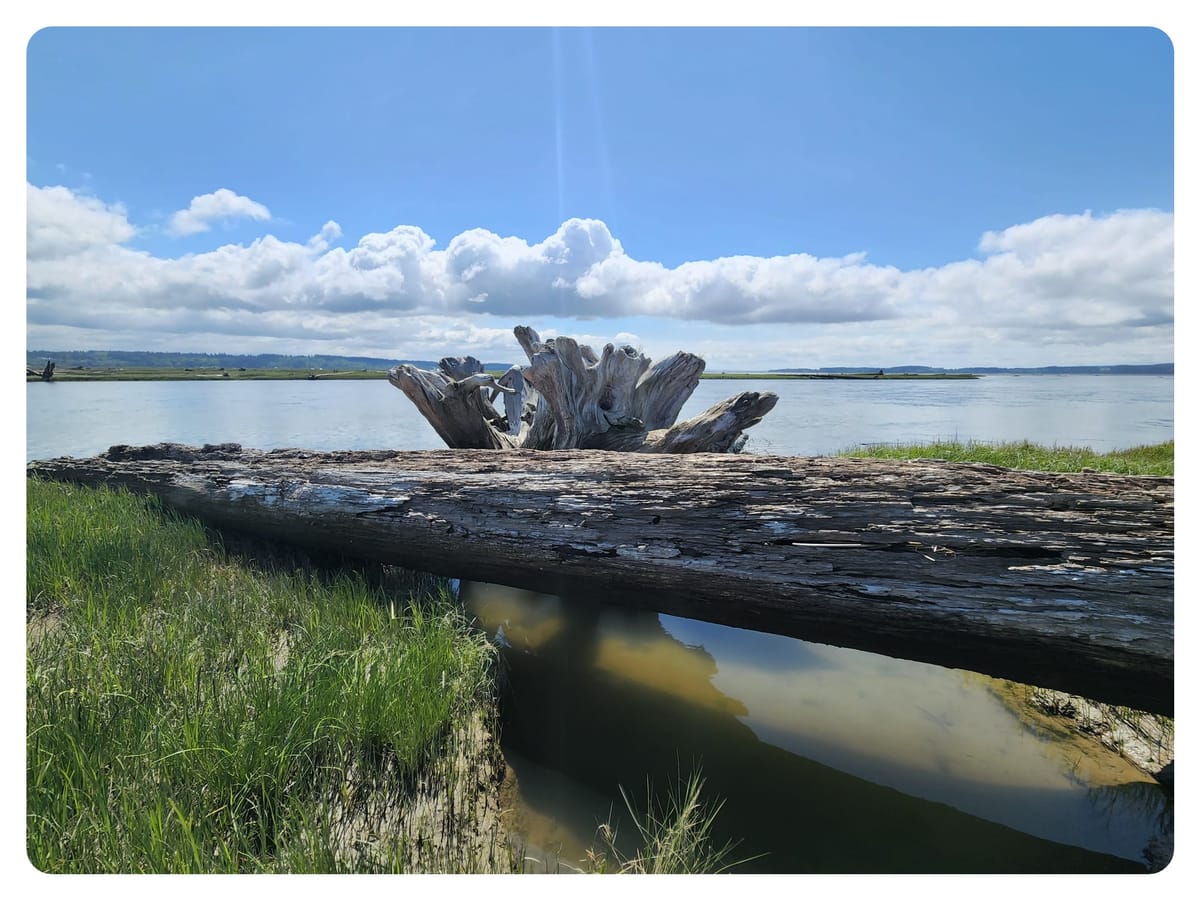



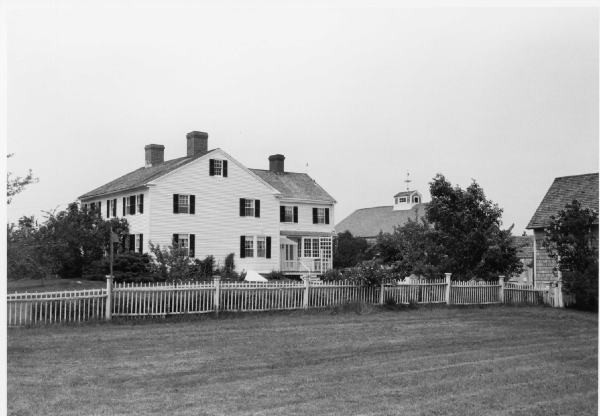
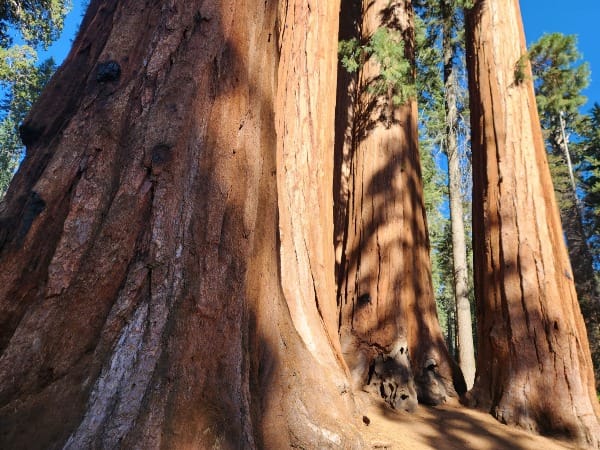

Comments ()